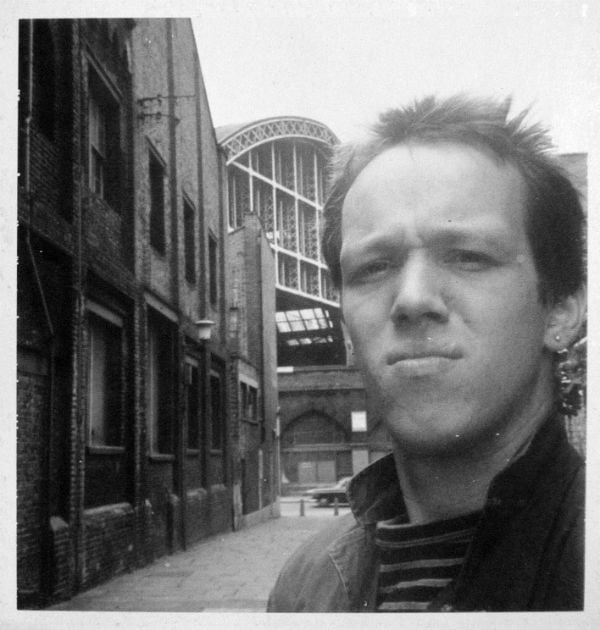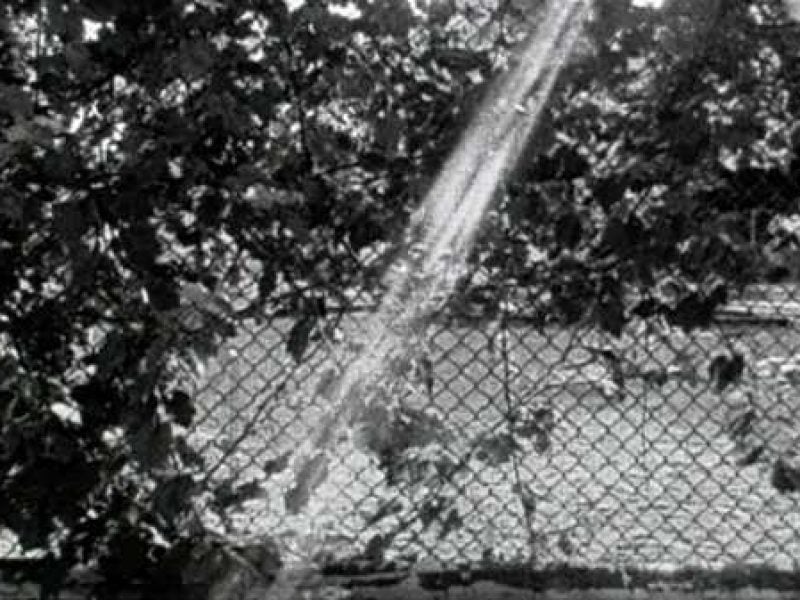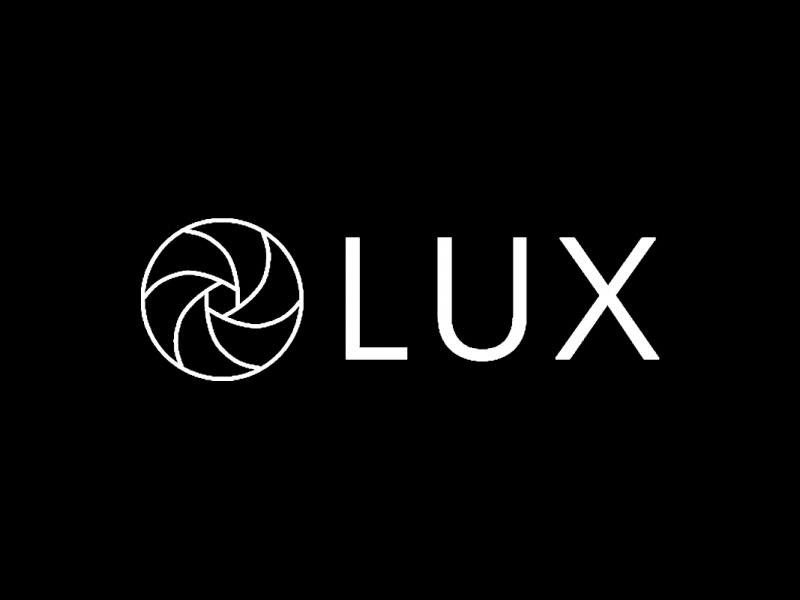As the LFMC 50th anniversary year comes to an end, we have asked artist-filmmaker, and former Co-op worker, Nicky Hamlyn to reflect on the Co-op’s workshop and his time at the LFMC.
I worked at the LFMC from early 1979 until late 1981, such a long time ago that some memories have faded. Everyone working at the Co-op was on two-year periods of tenure, but I did a few extra months as no-one could be found to replace me at the two year mark, at which point a new worker would be elected at the AGM to take over. Appointments were staggered so that one person would be replaced in the middle of the other’s two-year period, so as to ensure smooth handover and some continuity. In my first year, duties were shared with Jeanette Iljon, a former RCA film student, who was replaced the following year by Susan Stein, then also studying, at St Martins, and who went on to a career as a freelance cinematographer. The distribution workers were Felicity Sparrow, Mary-Pat Leece, Mick Kidd and Anna Thew, Cinema programmers James Mackay and Joanna Comino. Mick Kidd became famous for his Biff cartoons in the Guardian, and for many years he sold Biff merchandise at Camden Lock market, just down the road.
The Co-op was then at 42 Gloucester Avenue, Primrose Hill, easily the best of its various homes. The space was on the first floor above a laundry next to the Regents Canal and was shared with the London Musicians’ Collective, which led to occasional collaborations, and Musics magazine, the LMC’s journal, which ran from 1975 -79, was edited and written by filmmaker Annabel Nicolson and the artist and drummer Paul Burwell. The Co-op had a large flexible cinema with wood and canvas ‘directors’ chairs. When these were decided upon, it was a kind of droll joke –none of us would ever be Directors- but the chairs were comfortable and could be collapsed and stacked in a small area to make room for work that needed open floor space, since as well as films, the Co-op hosted numerous performance events, by the Neo-naturists (which included Grayson Perry), André Stitt, Genesis P. Orridge and others.
There was a low stage behind the roller screen at one end and a spacious projection box with a large glass front, so that several projectors could run simultaneously. A lot of the work to convert a British Rail social club to an experimental film centre was done by Steve Farrer, who was, and is, an outstanding and resourceful craftsman. Next to the cinema was a large open space with a huge skylight: a beautiful light area, with individual rooms for Steenbeck editing tables, the JK optical printer for reworking and copying Standard 8, Super 8 and 16mm onto 16mm, and a light-proof loading room, along one side. At one end was a bar, behind which stood a large but pitiful potted plant—a Cheese Plant ?— on account of which the room was known as the Palm Court, another droll and ironic name for the kind of place the Co-op would never be. The plant lived in a tiny pot, not much bigger than one of its leaves, but it somehow survived for several years on a meagre diet of Baby Bio and a little water. Beyond the bar were the tiled toilet cubicles, whose doors were painted bright red, and which feature in my film Guesswork (1979). The Palm Court was where workshops were held and people hung out or socialized at screenings. It helped make the place more of a community, being so conducive to conversation. Events didn’t end at a fixed time, but would go on until people’s energy ran out, making the Co-op unique in respect to other cinemas or indeed to its subsequent incarnation as The Lux Centre in Hoxton Square, where a strict ‘time to go home’ timetable was enforced.
The workshop worker’s duties were many and varied, but consisted, most importantly, in running the Lawley Junior black and white processing machine, which was the only piece of equipment members were not allowed to operate. Technical problems and breakdowns could be laborious and expensive to fix and it was important that the functioning of the machine was seen to be reliable by members who entrusted their camera rolls for developing. It was used for processing negative, print and also Eastman Direct MP (7360), a B&W reversal print stock that was used to make cutting copies from reversal originals: in those days a lot of people, including myself, were shooting on reversal. Halfway through my tenure we were offered a brand new Lawley, a superior model with suction squeegees to remove liquid from the film as it passed from one tank into the next, by a semi-retired, bibulous film industry man, Paul de Burgh. I accompanied him on an inspection trip to Duxford aerodrome near Cambridge, where there was an unused machine that the RAF was disposing of. (We also had a look inside Concorde). The day was rounded off with a serious liquid lunch at a nearby pub. Paul was the Len Thornton of his time, a knowledgeable and generous man who wanted to help a group of filmmakers whom he found intriguing, despite his career-long Industry background.
The Co-op’s equipment resource also consisted of Bolexes, a Beaulieu camera, tripods, various light meters, and an Arriflex SR, which arrived during my tenure, if memory serves. There was also a Nagra 3 quarter inch mono reel to reel tape recorder, then a standard piece of equipment for sound recording by both artists and commercial / TV film crews (along with the Arriflex BL 16mm camera), and one of the most beautifully engineered devices of any kind ever built. The Co-op’s first Steenbeck was a monstrous push-button affair that ran on three-phase electricity, which had to be specially installed (by Steve Farrer). Subsequently standard 240 volt models were acquired, along with splicers, trim bins and Pic-Syncs.
As well as operating the processing machine, workshop duties included booking out equipment, unlocking edit rooms, keeping splicers supplied with tape and running the Debrie step printer, used for making 16mm contact prints. Black and white work was processed in-house, while colour was taken to Filmatic laboratories in Colville Road, Westbourne Grove, for processing. Filmatic was subsequently purchased by a succession of ever-larger companies until its final incarnation as Soho Film lab, where many of the same wonderful technicians continued to work until its downfall following the acquisition by Deluxe. I spent a lot of time with the Debrie, doing service printing for filmmakers not confident enough to do their own, and making colour exposure tests, for example for another RCA film student, Pat Murphy, who did go on to be a film director in her native Ireland. Others, such as Willie Keddel, a New Zealander who had been a student of Anne Rees-Mogg at Chelsea, spent many hours making colour prints, in the process of which small improvements to the printer functions were made, following their original, meticulous, set-up by Guy Sherwin.
As well as all the technical tasks, there were staff and executive meetings to attend. I was also responsible for building maintenance and for book keeping, preparing the income and expenditure figures for the Co-op’s accountant, Adonis (his second name escapes me). Building work jobs included arranging the renovation of the roof and installing window bars after the distribution office was burgled. The office was the administrative centre and heart of the Co-op, at least for the people who worked there. Humorous news cuttings adorned the walls, such as an advert for a ‘Thick Film Engineer’. The workshop, although adjacent to the office, felt slightly separate from it. As if in recognition of this, James Mackay would occasionally call me on the workshop phone to tell me he had made coffee.
Many people passed through the Co-op and one wonders what became of them all. Some came to use the Steenbecks for a few days, while others wanted to try their hand at filmmaking, before moving on to do other things. By contrast there were committed characters who all but lived there, notably David Larcher, who worked on his film-video hybrid EETC (eventually broadcast by Channel 4 in 1984) for several months, while sleeping in his large green Mercedes van, which was parked outside. David generously stocked the ‘bar’ with bottles of spirits, to which he invited filmmakers to help themselves. This contrasted shockingly and disappointingly with my first visit many years later to The Lux Centre, where I heard someone talking to a caterer on a mobile phone, prompting me to wonder what had happened to the communality of the LFMC. A lot of film got processed, and a lot of the resulting work, and more besides, was shown at Gloucester Avenue –at Open Screenings, regular screenings, the series of ‘Summer Shows’ that ran in the early 1980s, and other events- since it really was one of the few places where moving images could be made and shown in the days before camera phones or decent video equipment: no filmmaker took the advent of VHS camcorders, introduced in the mid-1970s, seriously. They were (and are, despite the current resurgence of interest in the VHS aesthetic, with its wobbly, watery, insipid picture qualities) for amateur movie-makers, an unacceptably poor and gimmicky substitute for Super 8.
To work at the LFMC was to be part of a project, to which one was bound by comradeship with other staff members, reinforced by meetings at which problems and proposals were thrashed out, often acrimoniously, and by attending screenings in the cinema. James Mackay expanded the frequency of cinema nights and programmed some important retrospectives, notably of Peter Gidal and Paul Sharits. At the latter Sharits had an exchange with Schlacke Lamche from the left-wing campaigning film group Cinema Action, where the latter asked Sharits if he would consider showing his films at a Royal Command Performance. After Schlacke had explained what this was to a bemused Sharits, I expected a punch–up: Sharits was famously pugilistic, but he took the question seriously and wondered how this might be achieved. There followed a truly bizarre exchange, sustained by Sharits’ lack of irony and the serious intent behind Schlacke’s apparently sarcastic and irreverent point about audiences (there were only about six of us present).
The period when I ran the workshop was transitional, in the sense that the old Co-op, a small organization run by and for its membership, was starting to attract a more diverse range of filmmakers, including some with commercial ambitions who saw the place as a source of cheap rental equipment. This began when the Co-op acquired more high-end gear, principally the Arri SR camera, about which word had got round. The resulting pressure on resources led to a minor crisis around how to handle this development, resulting in a discussion paper written by Peter Milner, previously a Kodak research scientist, who took over from me as workshop organiser. While it was against the Co-op ethos to turn people away there was a problem with the facilities being exploited by individuals who shared none of its spirit of alternative filmmaking. At the same time Margaret Thatcher had been elected (in 1979), and the subsequent cuts to arts funding eventually had a chilling effect.
Undercut journal was founded in 1981, by myself, Peter Milner, Tim Norris, Michael O’Pray, Gillian Swanson, Lucy Moy-Thomas, Michael Maziere and others who joined soon after, and was very much taken up with responding to new currents of feminist, New Romantic, politically engaged and generally more content-driven and outward-looking filmmaking. My involvement with the LFMC continued in the form of work as a projectionist, and the early 1980s saw a flowering of film making and exhibiting, including, not least, Super 8 and tape-slide works, nurtured by cinema programmers Jo Comino and Cordelia Swann, who both also worked in these media. Super 8 and tape-slide had their apotheosis at this time, a few short years before compact video formats like Hi 8 and video wall display technologies, started respectively to displace them.
Although the Co-op of the early years was never the monolithic, doctrinaire club of legend, the ‘80s did produce some work that seemed at the time to have been produced in reaction to Structural-Materialist filmmaking as it was understood. One symbolic, watershed moment was the joint show of Cerith Wyn-Evans and John Maybury, A Certain Sensibility, at the ICA in 1981. This presaged a number of future developments, including the gradual growth in artists showing in galleries, as well as the emergence of alternative screening spaces and evenings generally, such as B2 Butlers Wharf, and the viability of formats like Super 8, associated as it was with a more intimate, domestic aesthetic; one suited to some of the more whimsical, humorous and amateur, in the best sense, forms of work that were emerging from Cordelia Swan, George Saxon, Anna Thew, Roberta Graham, Brian Cleaver and many others.
I moved away from London in 1988, and this ended my close involvement with the Co-op, but for several years it continued to be a wonderfully congenial and well-equipped venue for making and showing film





